Eight BW students earned the competitive scholarships awarded annually to STEM majors, including aspiring math and science teachers.

Five students from Baldwin Wallace University's School of Science and Engineering and three from the College of Education and Health Sciences have received 2024-2025 undergraduate junior-senior scholarship awards from the NASA/Ohio Space Grant Consortium (OSGC).
The OSGC is part of the National Space Grant College and Fellowship Program (Space Grant), funded by Congress and administered through the Office of Education at NASA Headquarters. Space Grant consists of a national network of colleges and universities that work to support science, technology, engineering and mathematics (STEM) education, including competitive scholarships for STEM majors.
The BW students chosen as 2024-2025 recipients are:
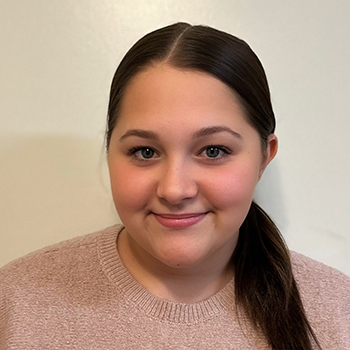 Briley is a junior early childhood education major in the Teacher Education program. In collaboration with Dr. Brandi Siether, Briley plans to create a classroom lesson focused on investigating the sun and the energy it produces for the Earth. The lesson will be geared toward students ages six to eight.
Briley is a junior early childhood education major in the Teacher Education program. In collaboration with Dr. Brandi Siether, Briley plans to create a classroom lesson focused on investigating the sun and the energy it produces for the Earth. The lesson will be geared toward students ages six to eight.
During this lesson, Briley's class will observe the sun using images from NASA as well as employing NASA's vast educational resources to learn how energy is produced from the sun. Afterward, they will create an anchor chart to consolidate their understanding, covering key points such as the sun as a star, its essential role in providing energy, heat and light to Earth, and how it sustains life on our planet. Finally, the students will engage in a hands-on craft activity to summarize their learning regarding the sun's significance as a primary energy source.
This lesson, as a whole, will promote hands-on learning and accurate visual representations, enabling students to grasp the importance of the sun in our daily lives.
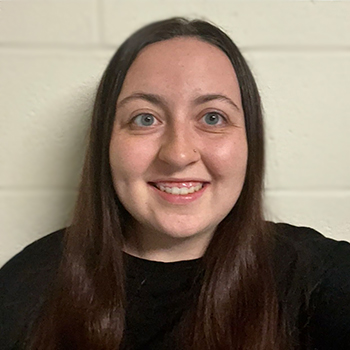 Burkert is a rising junior dual primary and intervention specialist major in Baldwin Wallace's Teacher Education program. For her scholarship-winning project, Burkert authored a science lesson plan for a third-grade class about identifying states of matter.
Burkert is a rising junior dual primary and intervention specialist major in Baldwin Wallace's Teacher Education program. For her scholarship-winning project, Burkert authored a science lesson plan for a third-grade class about identifying states of matter.
The lesson plan uses Ohio State Learning Standards, along with resources provided by NASA, to facilitate activities and demonstrations of the three main states of matter: solids, liquids and gases.
Burkert has plans to teach the lesson plan during her school field placement in an upcoming semester.
 Dunlap is a rising senior neuroscience major who, in collaboration with Dr. Clare Mathes, plans to investigate whether "systemic ethanol administration induces neural activity in brain regions of female rats differently than it does in male rats."
Dunlap is a rising senior neuroscience major who, in collaboration with Dr. Clare Mathes, plans to investigate whether "systemic ethanol administration induces neural activity in brain regions of female rats differently than it does in male rats."
This study began with a review of literature in a BW Faculty-Student Collaborative course in fall 2023. Since most of the studies they reviewed focused on male rats, this project's goal was to determine if alcohol affects female rats differently than males. Having already assessed the data qualitatively, they now will use software to quantify it.
Highlighting the neurological effect that alcohol has on each sex could lead to a more effective understanding of and treatment for Alcohol Use Disorder. The current experiment may also be used as preliminary research for future studies in the behavioral neuroscience lab at BW that will focus specifically on female rats.
 Escobar is a rising junior in neuroscience who, under the guidance of Dr. Clare Mathes, plans to investigate the impacts of an unhealthy diet high in fat and sugar on the development of Attention-Deficit/Hyperactivity Disorder (ADHD) through a rat model.
Escobar is a rising junior in neuroscience who, under the guidance of Dr. Clare Mathes, plans to investigate the impacts of an unhealthy diet high in fat and sugar on the development of Attention-Deficit/Hyperactivity Disorder (ADHD) through a rat model.
Diets high in saturated fats, such as the Western diet, are linked to brain inflammation, and this effect may be partially mediated by the gut-brain axis, the communication pathway between the digestive system and the brain. Escobar will design and conduct a behavioral neuroscience experiment measuring the influence of diet on neuroinflammation.
This project is important to behavioral neuroscience because the connection between mental disorders and physiological dysfunction and the immune system and brain is becoming more evident and may be involved in the development of ADHD. Observing how diet impacts neuroinflammation and behavioral presentation in a rat model can reveal how dietary choices in early life influence the health and development of the brain. This translates into the potential development of strategies for managing ADHD through diet-based interventions.
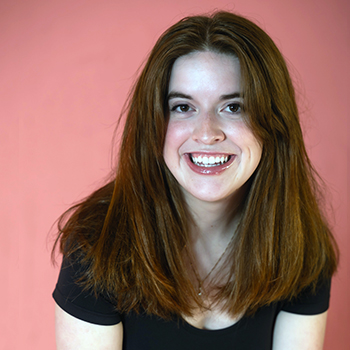 Graffius is a junior early childhood education major who, in collaboration with Dr. Brandi Seither, plans to incorporate NASA materials into a lesson for fourth-grade students to promote STEM education in the elementary classroom and the many resources available for teachers.
Graffius is a junior early childhood education major who, in collaboration with Dr. Brandi Seither, plans to incorporate NASA materials into a lesson for fourth-grade students to promote STEM education in the elementary classroom and the many resources available for teachers.
NASA offers many excellent resources for students in the K-12 classroom to explore and engage with STEM concepts. During this lesson, students will explore the movement of water in Earth's atmosphere, specifically atmospheric rivers and their relation to weather. The instructor will play the video "A 3D View of an Atmospheric River from an Earth System Model" from the NASA website.
Finally, the students will analyze the impact of the weather produced on common landforms found on the Earth and be introduced to concepts of erosion through a hands-on activity.
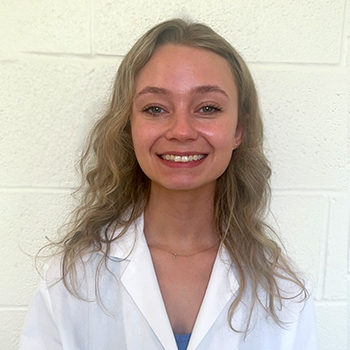 In collaboration with Dr. Clare Mathes, Miller, a rising junior majoring in neuroscience, is investigating how alcohol affects brain reward areas in male and female rats.
In collaboration with Dr. Clare Mathes, Miller, a rising junior majoring in neuroscience, is investigating how alcohol affects brain reward areas in male and female rats.
Previous work focused on sex differences in alcohol-induced brain activity when alcohol was injected systemically; now, their project will focus on studying alcohol-induced brain activity when alcohol is injected directly into the brain. This will allow the quantification of sex differences restricted to brain processing rather than confounded by sex differences in how the body processes alcohol.
Their research, which delves into the neural underpinnings of behaviors linked to rewards, such as addiction, is not just academically significant. It also brings practical advantages to society, enhancing our understanding of these behaviors and potentially leading to more effective interventions. Miller will start this line of research by reviewing the existing literature. She will then synthesize the information, propose a new study, and submit it for approval by the Institutional Animal Care and Use Committee.
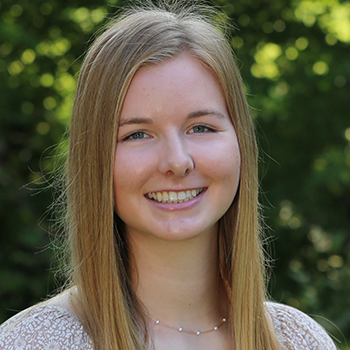 Ressler is a junior engineering major who, in collaboration with Professor Paul Penko, plans to design, construct, optimize and test a working fuel cell utilizing naturally occurring bacteria to produce useful electrical power.
Ressler is a junior engineering major who, in collaboration with Professor Paul Penko, plans to design, construct, optimize and test a working fuel cell utilizing naturally occurring bacteria to produce useful electrical power.
This project has practical applications to the future of renewable energy. In the world today, a sustainable alternative energy source is becoming increasingly necessary.
The application of a bacterial fuel cell would take advantage of readily available renewable energy from the environment, using bacteria harnessed from sewage treatment plants or ponds to harness useful energy. Using the engineering design process, this concept could one day be scaled up to charge a cell phone or even provide electricity on Mars.
 Verhosek is a junior computer science and philosophy double major. This summer, under the mentorship of Dr. Brian Krupp, he plans to further his research into LoRa (long-range radio waves) networks and how they can be used as a substitute for Wi-Fi in air quality monitoring sensors.
Verhosek is a junior computer science and philosophy double major. This summer, under the mentorship of Dr. Brian Krupp, he plans to further his research into LoRa (long-range radio waves) networks and how they can be used as a substitute for Wi-Fi in air quality monitoring sensors.
These sensors are being developed to empower the community by supplying greater access to and understanding of air quality data.
Coinciding with these goals, the LoRa networks that Verhosek will be studying will allow for more flexibility in where these air quality sensors can be deployed while also decreasing their cost and power consumption, making them more accessible overall.